Higashikurume City, Tokyo東京都東久留米市
Living in Higashikurume City, Tokyo
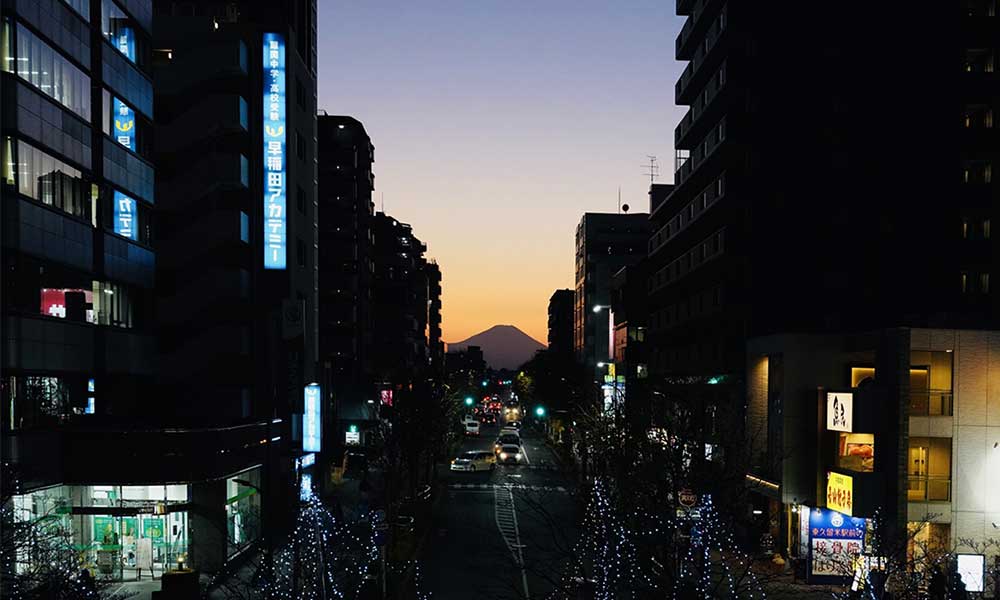
We have Summarized the livability of Higashikurume City, Tokyo.
KITATAMA AREA北多摩地域
-
- TACHIKAWA CITY 立川市
-
- NISHITOKYO CITY 西東京市
-
- MUSASHINO CITY 武蔵野市
-
- HIGASHIKURUME CITY 東久留米市
-
- MITAKA CITY 三鷹市
-
- CHOUFU CITY 調布市
-
- KOMAE CITY 狛江市
-
- KIYOSE CITY 清瀬市
-
- HIGASHIMURAYAMA CITY 東村山市
-
- KODAIRA CITY 小平市
-
- KOGANEI CITY 小金井市
-
- FUCHUU CITY 府中市
-
- KOKUBUNJI CITY 国分寺市
-
- KUNITACHI CITY 国立市
-
- HIGASHIYAMATO CITY 東大和市
-
- MUSASHIMURAYAMA CITY 武蔵村山市
-
- AKISHIMA CITY 昭島市
CONTENTS
- What kind of place is Higashikurume City, Tokyo?
- Higashikurume CityPR video
- How is the traffic situation in Higashikurume City?
- How are the rent and land prices in Higashikurume City?
- How is childcare and education in Higashikurume City?
- How about shopping in Higashikurume City?
- How about jobs and recruitment in Higashikurume City?
- Higashikurume City’s unique subsidy/subsidy system
What kind of place is Higashikurume City, Tokyo?
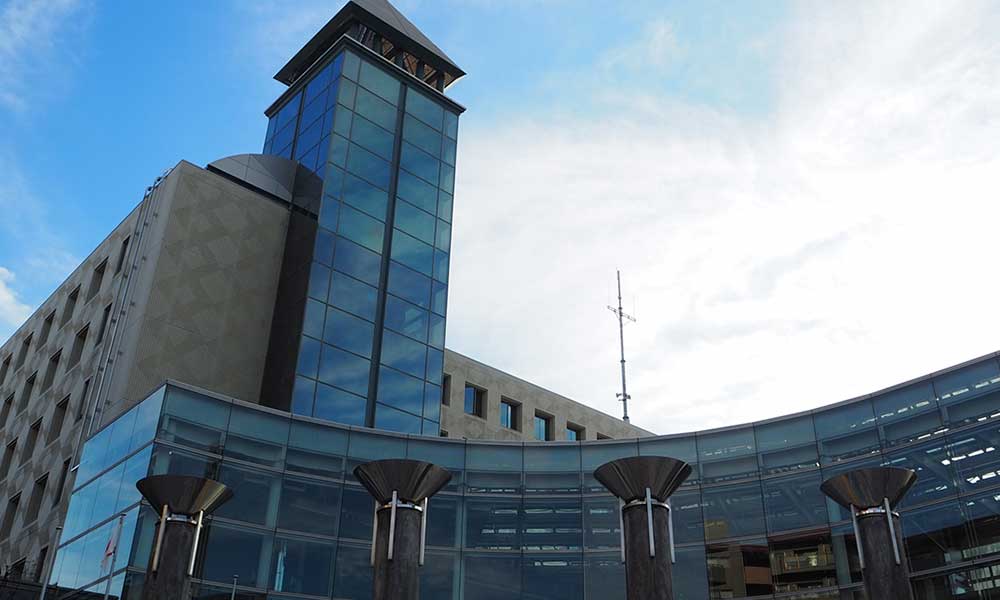
Higashikurume City: A city with a natural environment, good accessibility, and a warm local community
Higashikurume City is located in the northern part of Tokyo and has an area of approximately 12.88 square kilometers.
It borders Saitama Prefecture’s Niiza City to the northeast, Nishitokyo City and Kodaira City to the south, and Kiyose City to the west.
It has a population of approximately 116,000 and approximately 56,000 households (as of July 2023).
It is located almost in the center of the Musashino Plateau and slopes gently from west to east.
The Kurome River and Ochiai River flow through the center of Higashikurume City, and it is known as an area with abundant groundwater and the most spring water in Tokyo.
Since the Edo period, large-scale land reclamation has been carried out, and farmland and settlements have increased.
In 1889 during the Meiji period, the town and village system was implemented and eight villages merged to form Kurume Village.
In 1915, during the Taisho period, the first railway line was opened in this area and Higashikurume Station was opened, and this peaceful rural area rapidly modernized.
In 1956, during the mid-Showa period, the area was incorporated as a town and became Higashikurume Town.
After that, large apartment complexes were built one after another and the population rapidly increased, and in 1970, the area was incorporated as a city and Higashikurume City was born.
Today, Higashikurume City functions as a commuter town for the city center, with residential areas and large housing complexes, while developing while protecting the city’s natural resources, such as spring water.
Higashikurume City is also characterized by the large number of ruins and historical sites. The “Seven Lucky Gods Tour” held every January is an annual New Year’s walking event in which participants visit five temples in the city where the Seven Lucky Gods are enshrined (Tamon-ji Temple, Beizu-ji Temple, Daien-ji Temple, Hosen-ji Temple, and Jomaku-in Temple) and pray for happiness and safety in the year. It is a popular event that allows you to enjoy walking along the clear stream on the course and strolling while looking at the local specialty products in the local shopping district.
The newest popular spot in the town is “Spadium Japon,” which opened in March 2019.
This stylish hot spring facility has one of the largest bedrock bathing facilities in the Kanto region, and an exterior resembling a stadium. In addition to a wide variety of indoor and outdoor baths, the tent sauna and outdoor bedrock bathing are also popular, and it is so popular that on holidays there are long lines with wait times of over 90 minutes. There is also a Quatre Bus from Higashikurume Station, making it an easily accessible facility.
PR video of Higashikurume City, Tokyo
Higashikurume City PV “Another World of Tokyo: Higashikurume”
How is the traffic situation in Higashikurume City?
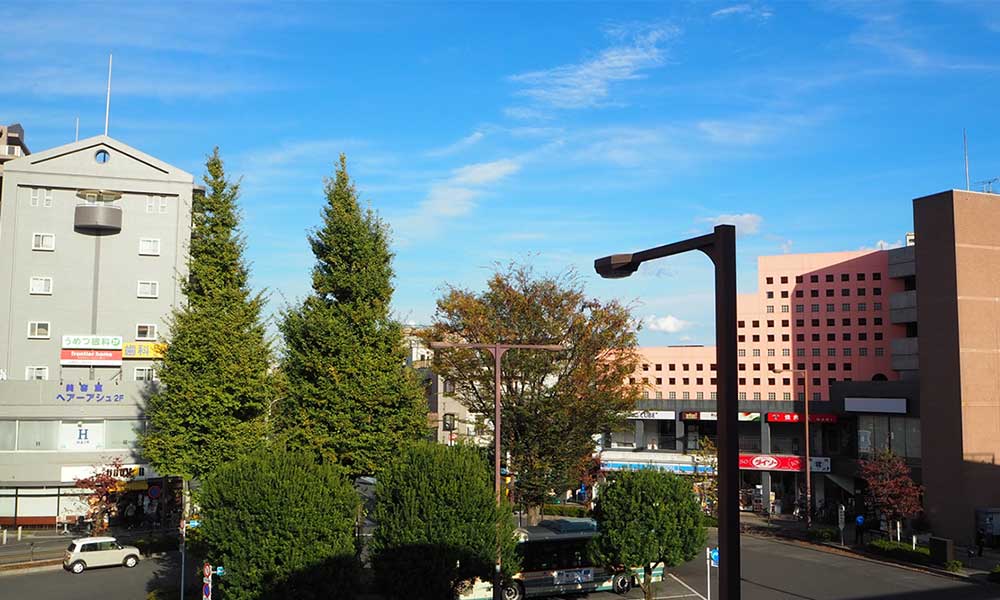
Higashikurume City is a city with easy access to the city center and convenient transportation.
Within the city, you can use Higashikurume Station on the Seibu Ikebukuro Line.
It takes about 52 minutes from the station to Tokyo Station, and about 42 minutes to Shinjuku Station.
Seibu Bus and Galaxy Railway operate bus routes within Higashikurume.
Although there are no community buses in Higashikurume, there is a reservation-based demand-based transportation service called “Kurubu” that can be used instead.
You must register in advance to use this convenient service, which will take you to and from your home or a designated location in a shared car with several people at the time of your reservation.
There are no expressways or national roads that can be accessed from the city.
Ikebukuro is only 20 minutes away by train, and there are many bus routes. The roads are relatively wide in many places, making it easy to drive.
There is only one train station, so depending on the direction you are going you may have to change trains multiple times, which can be a little inconvenient.
How are the rent and land prices in Higashikurume City?
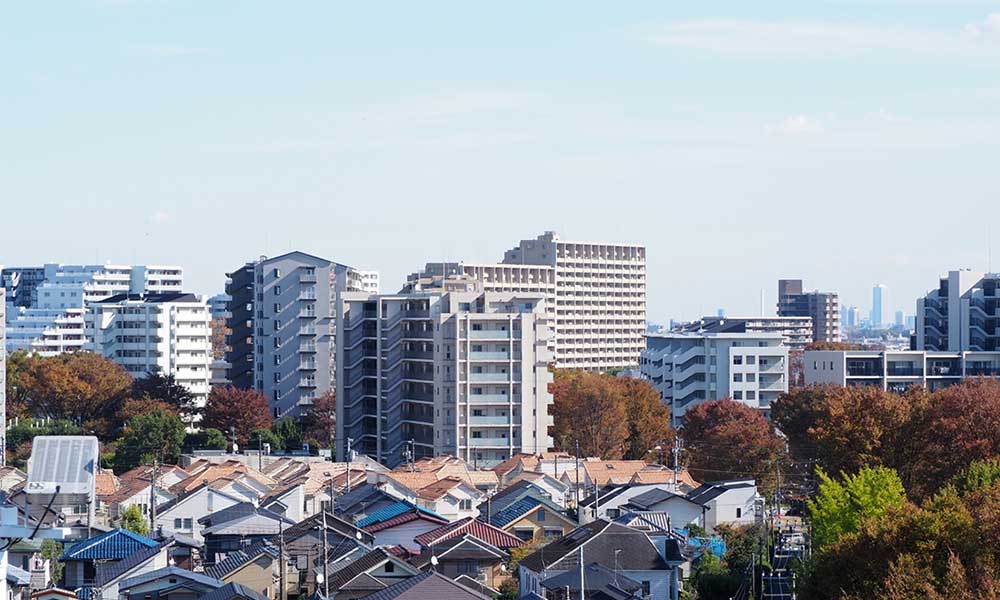
Higashikurume City: A quiet place to live with a wide range of housing options
According to information from a real estate information website, the average rent for a newly built apartment in the city within a 10-minute walk from the station is about 74,000 yen for a 1K and 117,000 yen for a 2DK.
The average price per tsubo for land is about 750,000 yen per tsubo.
The average price of a newly built apartment is 52.63 million yen, the average area is 74.46 m2, and the average price per tsubo is 2.337 million yen per tsubo. (As of 2018-2022)
Higashikurume is a commuter town with many densely populated residential areas and quiet residential areas.
The population has a history of rapidly increasing in the 1960s when large housing complexes were built one after another, and even today, many apartment complexes remain in the area, such as Hibarigaoka Danchi, Higashikurume Danchi, and Takiyama Danchi.
Rents and housing prices in the city tend to be relatively low compared to other areas in Tokyo, but because the area has relatively good access to the city center, areas with high demand, such as around the station, tend to be higher.
Except for areas near stations, housing prices are relatively low and it is possible to purchase a detached house with a garden.
Many of the housing complexes are old and the population is aging.
How is childcare and education in Higashikurume City?
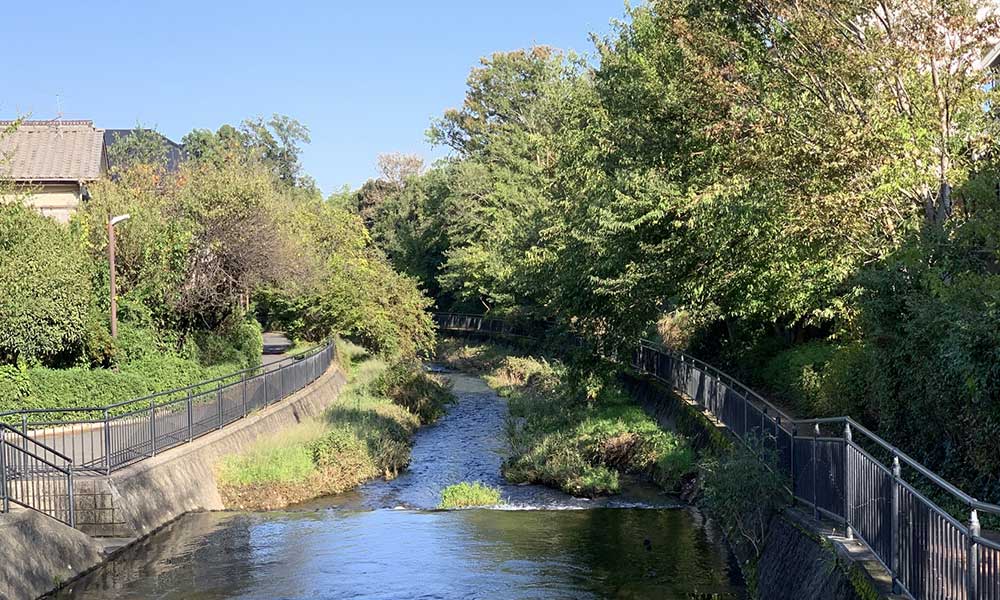
Higashikurume City is a city with a wide range of educational institutions, parks, and childcare support facilities.
Higashikurume City has 17 nurseries, 7 kindergartens, 14 elementary schools, 9 junior high schools, 3 high schools, but no junior colleges or universities.
Child medical expenses subsidies are available for both outpatient and inpatient care for infants and toddlers who are in compulsory education before reaching the age of 6 (until the first March 31st after reaching the age of 6) and are fully subsidized.
Children between the ages of 7 and 18 under the “Compulsory Education Children’s Medical Expense Subsidy System” and the “High School Student Medical Expense Subsidy System” (up to March 31st after they reach the age of 18) are eligible for a subsidy of up to a maximum of 200 yen per visit from the self-pay amount for insured medical treatment, and full subsidies for prescription medication, hospitalization, and home care visits.
Child allowances are: 15,000 yen for children under 3 years old, 10,000 yen for the first and second child aged 3 or older but not yet entering elementary school, 15,000 yen for the third child and onwards, and 10,000 yen for junior high school students.
Higashikurume City also has a comprehensive support system of its own.
The “Family Support Center” is an organization where people who want help with child-rearing and people who want to help with child-rearing become members and help each other in the community.
It is a relatively low-cost system that can be used when you have an emergency and are in trouble with where to leave your child.
There are also many facilities where children can play and learn safely.
There are 19 “after-school daycare centers” in Higashikurume City, which are facilities for elementary school students and where specialized staff support children who are left alone after school due to their parents’ work, etc.
The “children’s halls” and “children’s centers” that can be used by infants provide events and play areas that parents and children can participate in together, and can also be used as a place for interaction with parents and children from the same household.
The area has good public safety, plenty of parks and natural beauty, making it a great environment to raise children in.
There are relatively few educational institutions and no universities, so commuting fees and moving costs tend to be high.
How about shopping in Higashikurume City?

Higashikurume City is a town with many local shops and shopping centers.
There are small and medium-sized shopping facilities around Higashikurume Station in the city, so you will never have trouble finding anything for your daily needs.
There are also large supermarkets along the main roads, so if you have a car, the shopping area will be much larger.
AEON Higashikurume is a relatively new facility that opened in April 2013. It is a shopping mall with everything from supermarkets to interior goods and food courts, and has a large parking lot, so it is a popular store with many customers who come by car from neighboring municipalities.
“Emio Higashikurume” is a shopping facility directly connected to Higashikurume Station, and it is a compact but convenient facility with supermarkets, drug stores, cafes, and beauty salons.
There are also about 13 stores in the city, mainly Amake and Seiyu.
Among them is the “Amake Takiyama Store,” a local supermarket with its headquarters in the city. It is a popular store that is always crowded, with a reputation for having cheap prices on everything, as if every day were a sale day.
There are many stores in front of the station, making it convenient for shopping. There are also large shopping malls where you can find anything you need.
There are few shops in areas far from the station, which can be a little inconvenient.
How about jobs and recruitment in Higashikurume City?
Higashikurume City: A diverse city with a wide range of local businesses and small and medium-sized enterprises
The average annual salary in Higashikurume is 3.76 million yen.
The city has an industrial area, mainly in the northwest, where there are many food and beverage factories, printing factories, metal product factories, and other manufacturing plants, and there are a certain number of job openings.
In addition, there are many restaurants and retail businesses around the station, so you can expect to find jobs in sales and customer service.
Small and medium-sized business offices are also scattered here and there, and there are a few job openings at general companies.
You can work in a quiet environment surrounded by nature.
There are fewer job openings than in the city center, and wages tend to be lower.
Higashikurume City, Tokyo’s unique subsidy/subsidy system
Higashikurume City, Tokyo’s unique housing assistance and subsidy system
Higashikurume City, Tokyo’s unique childcare support system
Higashikurume City, Tokyo’s unique system for further education and tuition assistance/subsidies
| School support Special Needs Education Enrolment Incentive Subsidy Loan Program to Support Exam Takers |


















